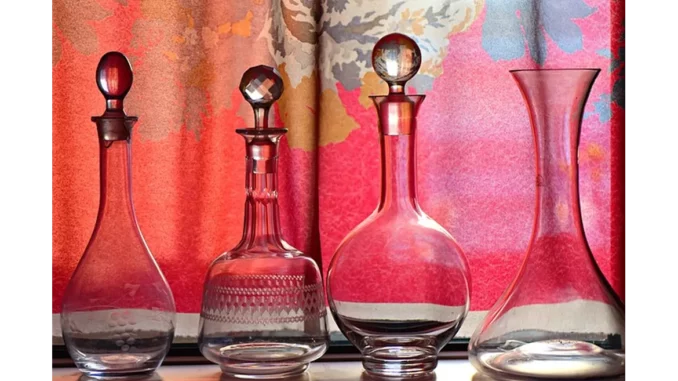
As I sat down with Emily Cartwright, a seasoned sommelier and wine educator, it was clear she had a wealth of knowledge to share about the intricacies of serving wine. Emily’s expertise stems from over a decade of working in some of the finest wineries and restaurants across Europe and North America. Our conversation was both enlightening and practical, offering valuable tips for both novice wine enthusiasts and seasoned connoisseurs.
Serve White Wines Immediately
“One of the most common mistakes people make is serving white wines at the wrong temperature,” Emily began. “White wines should be served immediately after taking them out of a wine refrigerator or a short stint in the fridge. The key is to keep them between 45°F and 55°F, depending on the type.”
Emily explained that lighter, dry whites like Sauvignon Blanc and Pinot Grigio benefit from being served on the cooler side. “These wines are best enjoyed at around 45°F. It preserves their crispness and acidity,” she noted. On the other hand, full-bodied whites such as Chardonnay or Viognier should be served a bit warmer, closer to 55°F, to bring out their complex flavours and aromas.
When it comes to glassware, Emily stressed the importance of using the right type. “A stemmed wine glass with a U-shaped bowl is ideal for white wines. It helps capture and distribute the wine’s floral and fruity aromas, and the longer stem keeps the wine cooler longer,” she said, emphasising that the shape of the glass can significantly impact the tasting experience.
Let Your Reds Sit at Room Temperature
While white wines are more straightforward, Emily pointed out that red wines require a bit more finesse. “For reds, it’s crucial to let them sit at room temperature for about 30 minutes before serving,” she advised. “This allows the wine to open up and reach the optimal serving temperature, which is generally between 60°F and 65°F for full-bodied reds.”
Emily elaborated that serving reds too warm can result in the alcohol overpowering the wine’s flavours, while serving them too cold can mute their complexities. “A good rule of thumb is to put your reds in the fridge for about 25 minutes if they’ve been stored at room temperature,” she recommended.
When discussing glassware, Emily highlighted the importance of using a wide-bowled glass for full-bodied reds. “These glasses provide a greater surface area, allowing the wine to breathe and sit in balance. It’s especially important for wines like Cabernet Sauvignon or Syrah,” she explained.
Opting for a Wine Refrigerator
One of the most practical pieces of advice Emily shared was the value of investing in a wine refrigerator. “A wine refrigerator is a wise choice for anyone serious about wine,” she asserted. “It helps keep wines at consistent temperatures and closer to their ideal serving conditions.”
Emily explained that some wine refrigerators come with varied cooling zones, making it easier to store different types of wine at their respective optimal temperatures. “You can have your red wines, white wines, and Champagnes all ready to serve more quickly. It’s a game-changer for hosting dinner parties or simply enjoying a glass at home,” she said.
For those without a wine refrigerator, Emily had a few practical solutions. “Keep your wines in the darkest, coolest spot in your house with a consistent temperature. Even if it’s a bit warmer than ideal, it’s better than fluctuating temperatures,” she advised. She also recommended using a bucket filled with equal parts ice and water to chill wines that were resting on a rack. “White wines should be chilled for about 20 minutes, and red wines for around 10 minutes before serving,” she added.
A Few Extra Tips
Emily didn’t stop there; she shared additional tips to ensure a perfect wine-serving experience. “If you don’t have ice, you can wrap the wine bottle in a damp paper towel and put it in the freezer for 20 minutes. Just remember to set a timer,” she cautioned. “And always let the wine breathe for five to eight minutes before serving.”
She also touched on the importance of decanting and aerating wines. “Decant young, tannic reds and old-vintage wines for about 30 minutes. It softens the tannins and brings out secondary characteristics,” she explained. “Aerate only bold, young wines and never delicate aged wines.”
In closing, Emily emphasised the importance of using common sense when chilling wine. “Err on the side of colder, because you can’t make the wine colder once it’s been served, but it will get warmer,” she said. “However, don’t chill it too cold, or you’ll mute the wine’s aromas and flavours.”
My conversation with Emily Cartwright was a masterclass in wine serving. Her practical tips and expert insights make it clear that serving wine is both an art and a science. Whether you’re hosting a dinner party or enjoying a quiet evening at home, following these guidelines can elevate your wine experience to new heights.
George


Be the first to comment